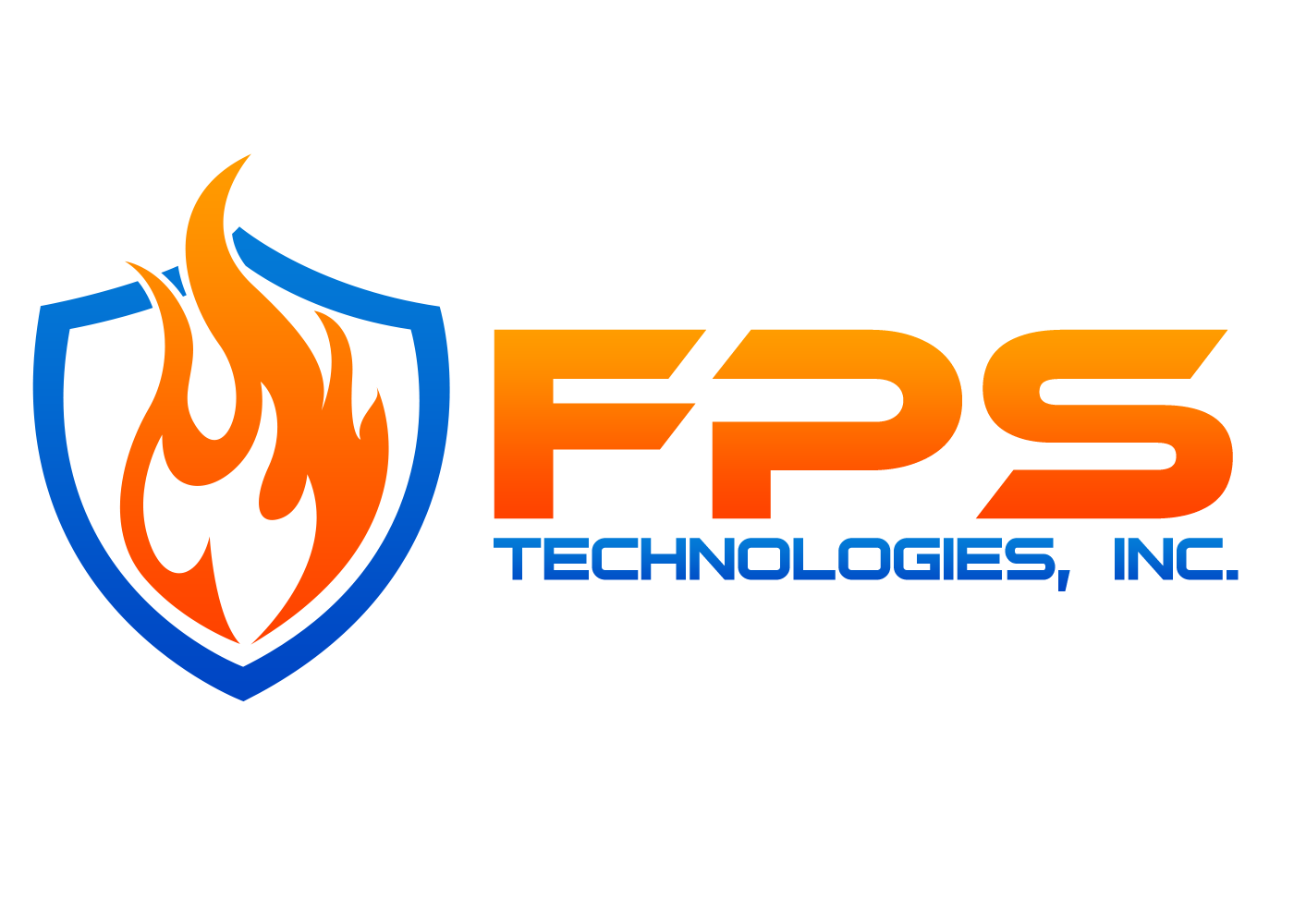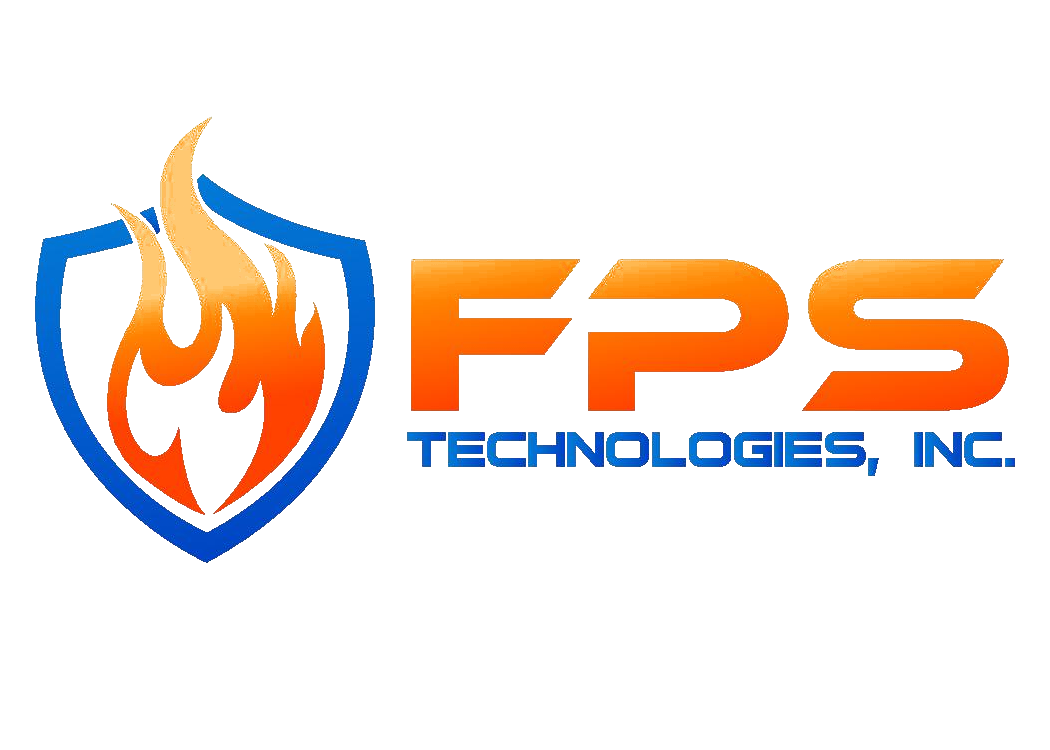How much do you know about your fire sprinkler system or, if you don’t have one yet, fire sprinkler systems in general? Knowing a little about a fire sprinkler system can come in handy as a business owner so that you understand how these components protect your property.
In this article, we’re clearing up some of the fire sprinkler jargon so that you feel confident about your system and its ability to combat fires.
Water flow alarm devices
Have you ever wondered how the fire department knows there is a fire in a building, even if no one dials 911? Well, you can thank the water flow alarm device for that!
Water flow alarm devices, or water flow detectors, are electro-mechanical sensors that send an alarm to the fire alarm panel and/or fire department when a continuous flow of water occurs through the sprinkler system piping. Continuous flows occur when a sprinkler head is activated by heat or when there is a leak in the system.
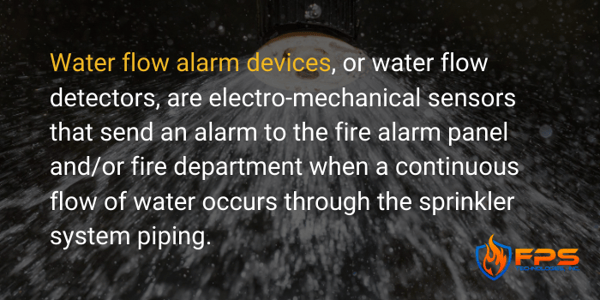
But what about a false alarm? Surges in water pressure happen regularly, like when you’re in the shower and someone flushes the toilet. Some water flow alarm devices come with a mechanical delay mechanism, which is essentially a timer. This timer smartly delays the alarm-triggering mechanism long enough to ensure that the water flow is consistent and not a one-off incident.
Valve supervisory alarm service
The valve supervisory alarm device, or valve monitor, is fitted onto the control valve and monitors the state (open or closed) of that valve. If the valve monitor detects an issue with your control valve, it automatically sends an alarm signal to the fire panel.
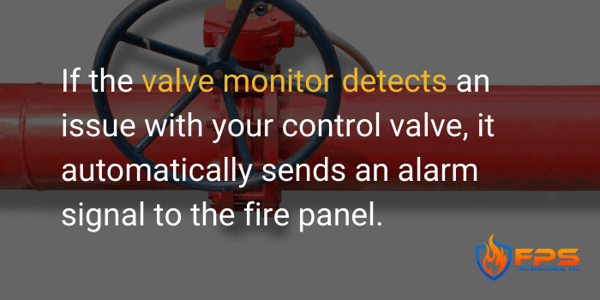
Supervisory signal devices
How are all of the conditions in the sprinkler system monitored? This is where supervisory signal devices come in. The device monitors things such as water level or low air pressure, and then sends a signal to the fire alarm panel if something changes. Any deviations from the normal state of your system will trigger the signal device.
Control valves
The control valve stops the flow of city water from coming into the sprinkler system when the system is not active. This valve is usually locked in the open position and is painted a bright red so that you can see it easily.
Hydraulic nameplates
The National Fire Protection Association (NFPA) requires hydraulic nameplates, which keep track of the design criteria of each sprinkler system. The hydraulic nameplates have specific standards for mounting locations, as well as the information that must be included on the nameplate. Some of the typical information on a nameplate is the discharge densities, required flow, and sprinkler demand.
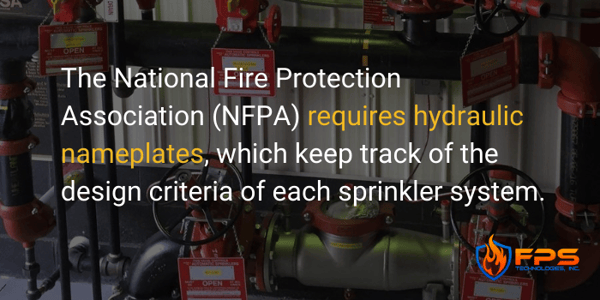
Understanding your sprinkler system
Sprinkler systems may be complicated, but that doesn’t mean you can’t have a good understanding of their components and what they do. Getting to know your sprinkler system will give you confidence that you have the right fire protection system safeguarding your building. Whether you are looking at installing a brand-new sprinkler system for the first time, or need an inspection for your current system, FPS Technologies is here to help!
